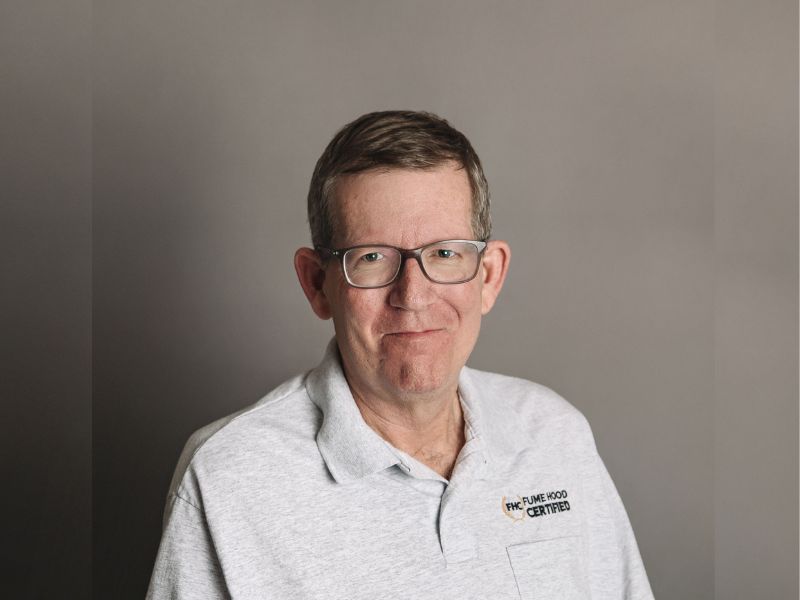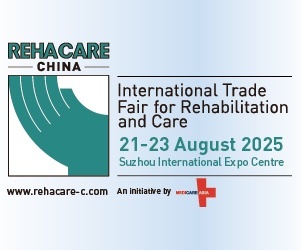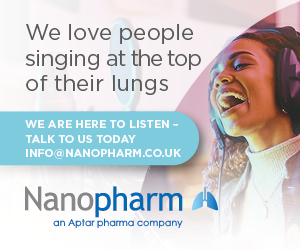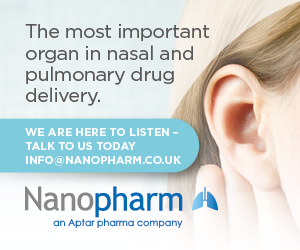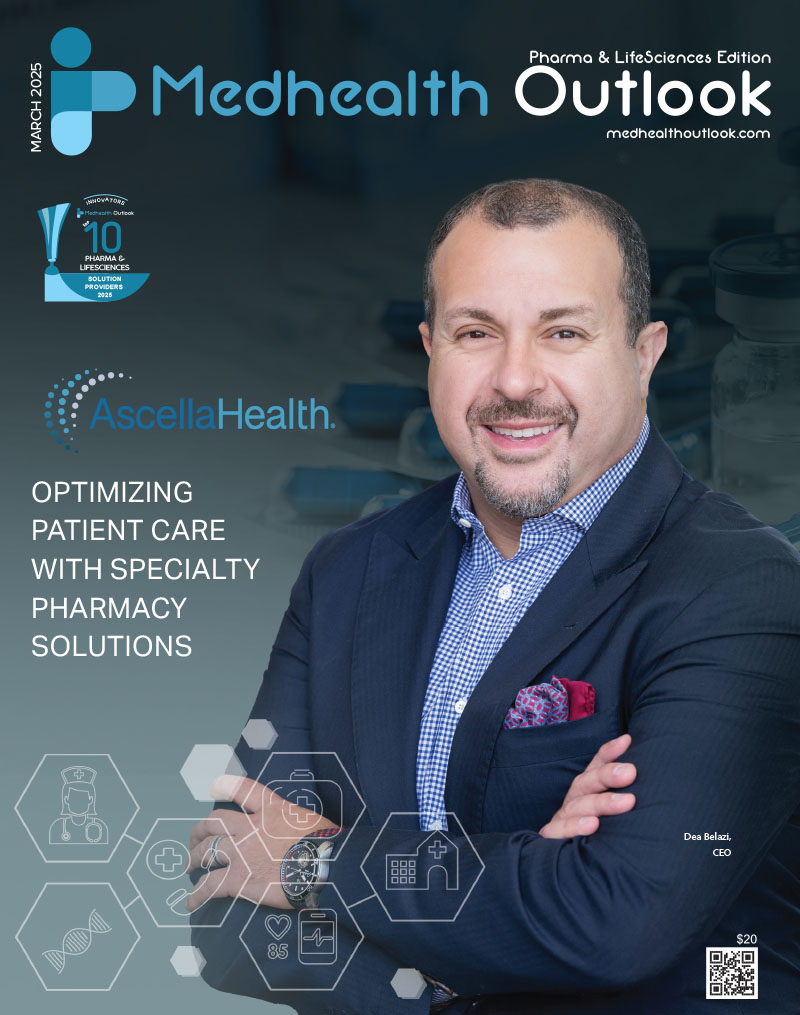Usually if something sucks, it is failing in a bad way. But for medical, chemical and biological laboratories, the specialized exhaust systems suck out all the contaminated air and remove it safely away from the laboratory.
Your standard Laboratory Management Company usually lacks the engineering expertise to audit the safety of these specialized exhausts.
Since the exhaust systems are usually hidden above the ceiling, this article will focus in on three exhaust devices in the laboratory.
These are:
Biological Safety Cabinet
Chemical Laboratory Fume Hood
Snorkel
With each of these exhaust devices, the users have to be trained in their safe usage. Unsafe usage accounts for about 25% of lab exposures to either toxic chemicals or infectious organisms. This article is centered on outside lab management services, user training is a topic for another day.
One of the purposes of hiring Laboratory Management Services for your lab is to get specialized knowledge that you might not be able to keep on staff.
Your organization needs to insist that one of the experts coming in have recognized certifications. For fume hood, the certification should come from my company, Fume Hood Certified or Controlled Environment Testing Association, National Air Balancing Bureau and soon the American Air Balance Council.
For Biological Safety Cabinets, experts need to be certified by the National Sanitation Foundation according to their Standard 49. Snorkels are much simpler and don’t need to have a certified expert test them.
The relevant standards require actual physical testing of both fume hoods and biological safety cabinets every 12 months. For fume hoods, the test standard is ANSI/ASHRAE Standard 110-2016. For biological safety cabinets, the safety standard is National Sanitation Foundation Standard 49. There is no standard covering testing the snorkels.
It is important that Lab Managers not go with the Lowest Price for these Lab Management Services that test your exhaust devices. If any corners are cut, dangerous safety conditions could be missed. For example, both OSHA and ASHRAE 110 call for fume hoods to be tested for face velocity and and with smoke visualization. There have been times when fume hoods were tested only for velocity and the tester didn’t detect that the velocity was the right amount but in the wrong direction. A fume hood that blows chemicals into your face doesn’t work very well. Smoke tests quickly reveal these problems.
For both fume hoods and biological safety cabinets, they do not work safely in drafty conditions. If you can feel air movement when you stand in front of either of these types of devices, then they can not operate safely. If your lab has a door or window that can open to the outside, then when these doors or windows are open, the draft from them will destroy the ability of your exhaust devices to work safely.
When hiring a Lab Management Service to test your exhaust devices, you need to share your awareness of cross-drafts and openings to outside the building with the testers. If they are not aware of the importance of these factors, fire them and get someone else.
Fume hoods and biological safety cabinets are vital to user safety. The snorkel not so much. What makes the fume hood and biological safety cabinet effective is that they are 90% enclosed. This enables them to contain and capture the bad stuff inside them without letting the dangers escape into the lab. With snorkels, the bad stuff is 0% contained. This makes it very hard for the snorkel cone to capture the bad stuff coming out onto the open lab bench. The snorkel gives a false sense that the bad stuff is being captured. Usually it is not captured. Users are reluctant to pull the snorkel cone close enough to their work. The snorkel needs to be tested by Lab Management for achieving design volume. Every year the use of the snorkel should be analyzed in light of the work it is exhausting. Snorkel use is best restricted to heat and odor removal where the escaping fumes will not be dangerous.
One directive that should be given to the Laboratory Management Services company is that you want a video of all visualization tests. Even if you personally witness all of the visualization tests, it is valuable to have a video record that can be used in court or to troubleshoot changes to flow in the future.
This just scratches the surface of what your outside testers should be doing in your lab. It is estimated that 30% or more of chemical fume hoods leak vapors above safe limits sometimes during the year. Make sure your hoods are not included in this number.




